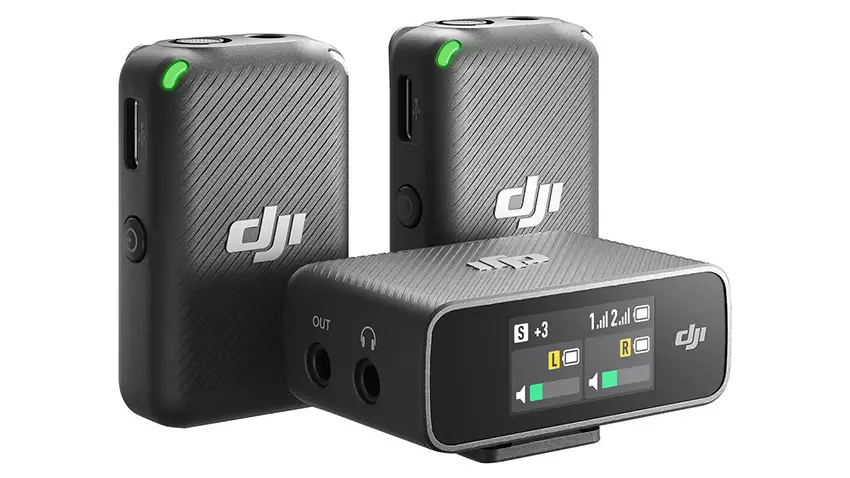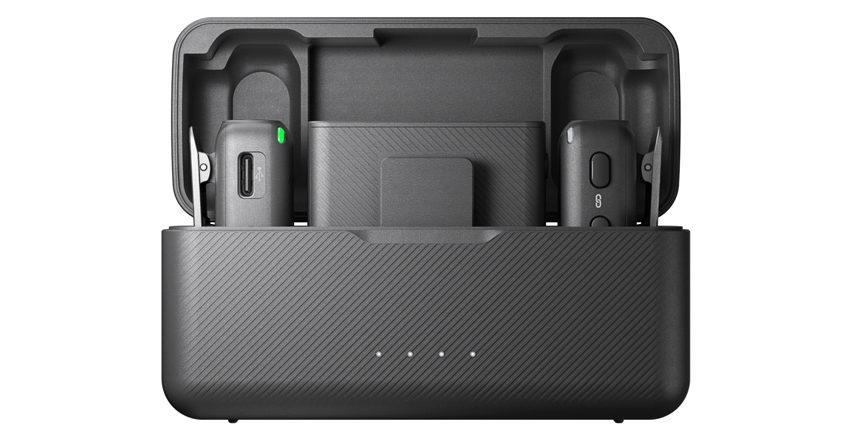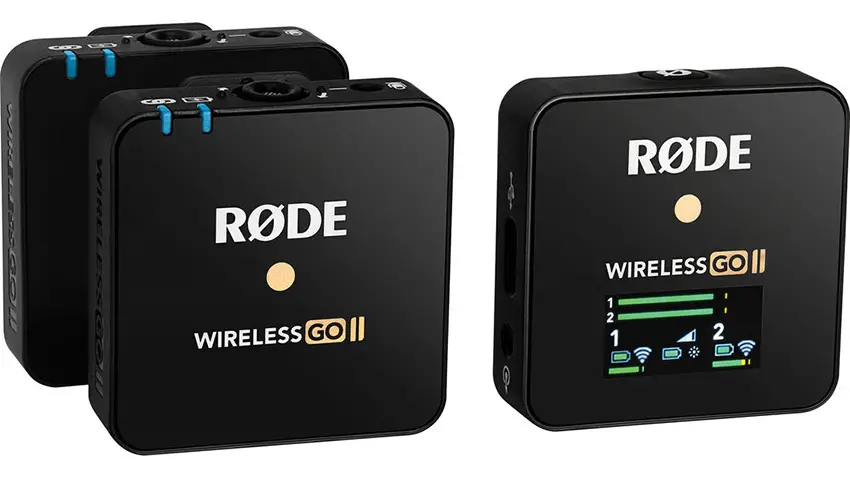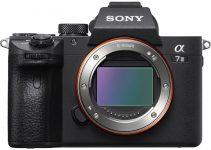Wireless mics have been revolutionized in the past few years. Previously they were complicated and expensive, making them a serious investment for most independent filmmakers and videographers.
Rode kicked things off with the Wireless GO (now the Wireless GO II) by using the 2.4GHz spectrum and a simplified design. Then the other brands jumped on board with some stiff competition. Among that second wave of releases was the DJI Mic, a system that is similar is execution but offers some notable differences.
If you are in the market for a wireless audio solution then the Rode and DJI should both be on your list. For help choosing one there’s a great video by Chris Brockhurst.
This isn’t going to be a traditional comparison. Right away Chris declares a winner: DJI.
The DJI Mic has a better design, comes with more out-of-the-box, it’s easier to use, works better, and has a longer range. Plus, it’s cheaper.
Why the DJI Mic is Better
Plenty of reasons explain why he believes the DJI Mic is a better pick. To start, the case and included accessories make it feel and operate better.
Upon opening and closing the case the DJI Mic with turn on and off, respectively. It’s a nice, small touch. Pick it up out of the case and it’ll start recording as well.
With Rode, you’ll have to pick it up, turn it on, and then you’ll be up and running. It takes a bit longer.

Image Credit: DJI
You can also configure the DJI Mic to only start and stop recording when it comes out and goes back into the case. This can prevent any accidental taps that might ruin a take.
Another benefit of the case system is that right after opening it gives a status update on all the devices. You’ll get recording times left on the transmitter and battery life for all the items.
To do the same on Rode you’ll need to turn each individual product on and check each screen. DJI bundles in that case we are talking about while Rode requires you to purchase a third-party solution.

Image Credit – DJI
DJI’s transmitters are also smaller and easier to mount to your subject. Magnets are an option for attaching it in even more places.
Some other small things elevate the DJI, such as notifications when cables become unplugged and confirmation about plugged-in mics.
Offloading files is way easier as well. Just plug the DJI devices into your computer via USB-C and you are good to go. Rode requires you to install their app to get it done and there is an extra export process.
The DJI has a touchscreen that allows for all the settings to be controlled directly on the device. For working with two transmitters you can either have it set to stereo to record both tracks or create a mono mix. You can even set one to be a lower gain backup.
Rode requires an app to control a lot of options.
A final note is on how to use the receiver with smartphones. Adapters are packaged with the DJI Mic to connect to Lightning or USB-C devices.
Range Tests
On paper, both units provide the maximum range based on a clear line of sight. The Rode Wireless GO II will supposedly reach up to 656’/200m while the DJI Mic will hit 820’/250m.
Both are working on the 2.4GHz band, which is a fairly busy band used by Wi-Fi and a lot of other devices.

Image Credit: Rode
He even compares this to something like the Sennheiser AVX which runs on a 1.9GHz band to see how that might impact results. This became relevant in the initial range tests because the DJI and Rode seemed to interfere with one another.
It is helpful to know that the DJI seemed to overpower the Rode system and stayed going for a longer range. Interference is going to be a problem in some locations and Rode seemed to have more issues and a much shorter range.
In the second round of tests the DJI was much more reliable and hit its distance markers when operating in line of sight. Without line of sight, there were some drops with DJI, but the DJI was superior.
Compared to 1.9GHz Systems
It is worth noting that if interference is a potential issue for your work then you should move up from this 2.4GHz system. The Sennheiser AVX hits all the marks here and even went beyond its rated range. Reliability matters and being on a less busy frequency is wonderful.
If you are looking at the DJI are Rode he did use multiple systems for some weddings and will recommend the DJI for reliability there.
There are other features that make the AVX seem a bit more pro. The lavalier screws on to make sure it stays secure, the receiver has an XLR connector, and the batteries last for much longer.
At the end of this I think it is pretty clear that the DJI Mic is the winner for a lot of practical reasons. If you were questioning it before you should have an answer now.
[source: Chris Brockhurst]
Order Links:
Disclaimer: As an Amazon Associate partner and participant in B&H and Adorama Affiliate programmes, we earn a small comission from each purchase made through the affiliate links listed above at no additional cost to you.


